‘Celestial Bodies’ focuses on marginalised bodies and how we define beauty. It is an Instagram project, which seems vapid but in reality people are checking their Instagram all the time. The project is trying to start conversations. “That’s on my newsfeed? Does that mean its accepted?”.
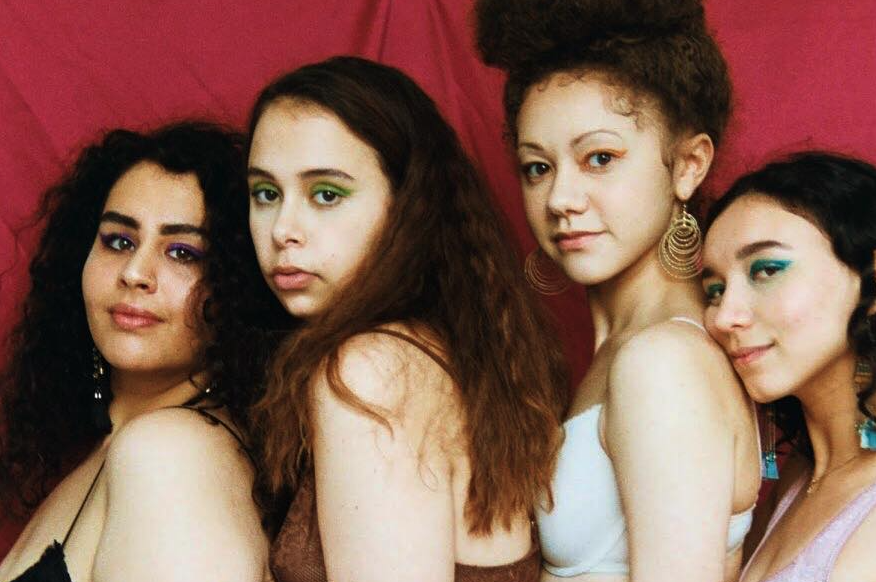
‘Celestial Bodies’, an interview with Bella Neergaard
Bella Neergaard: ‘Celestial Bodies’, body positivity and the portrayal of Women of Colour in the media
I came across a photo from ‘Celestial Bodies’ on my Instagram feed. I was overwhelmed with emotion at seeing an image of people my age, in their underwear that was real. They were just existing and enjoying themselves and looking radiant. Cellulite and fat rolls, things that I am extremely self-conscious about, were visible and beautiful. This kind of celebration of bodies without a sexually charged lens or the male gaze is something Clitbait’s BODIES section is also trying to do. I knew I had to find out more and meet the brilliant mind behind it.
Bella Neergaard is a second year University of Edinburgh student studying Scandinavian Studies and Classics. She is the university’s Black and Minority Ethnic (BME) Officer and comes from a Danish-Nigerian background. When interviewing her, Laila Ghaffar and I felt that she was unbelievably engaging and creatively charged. Body positivity and equality were issues she is clearly really passionate about and spoke extremely eloquently on.
Introduce yourself and ‘Celestial Bodies’
As BME officer for the Students’ Association, I do activism within the BME community and so Celestial Bodies is a branch of the liberation campaign. It focuses on marginalised bodies and how we define beauty. It is an Instagram project, which seems vapid but in reality people are checking their Instagram all the time. The project is trying to start conversations. “That’s on my newsfeed? Does that mean its accepted?”.
The main idea for Celestial Bodies arose because I noticed a lack of awareness and appreciation of marginalised bodies when helping fashion designers and artists on campus. Fashion shows constantly advertise that they want diversity. However, in reality most of them do not appear to show bodies larger than the size displayed typically in the fashion industry. Marginalised people should be able to define what diversity means, not them.
I felt deflated and annoyed that i don’t see this so I decided to create ‘Celestial Bodies’ and start this conversation. I wanted to get a variety of different backgrounds, body types and academic interests involved. I didn’t just want bigger people. I also wanted people who were smaller but who still had issues with their body image. Celestial Bodies is trying to shed light on the idea that body positivity isn’t just fat positivity.

What are your thoughts on the body positivity movement?
Even the body positivity revolution still has its issues. It’s still very colourist and size-ist. When we see a plus size model in the mainstream the chances are that they are still very light skinned, have Eurocentric features and are kind-of thick but in all the right places. She will have big boobs and no stretch marks. That is still a commercialised image of ‘plus size’. I wanted girls with stretch marks, fat rolls and cellulite to feel comfortable.
How does Celestial Bodies make a space for the bodies of Women of Colour to be celebrated in the right way?
PoC bodies are always sexualised and fetishised. The photos in Celestial Bodies emphasize that we can just be. It emphasizes that we don’t need this sexually charged lense. The photos are soft. The personality shines through. It doesn’t have to always be sex that sells.
Being a woman of colour, I always feel fetishised and like my body isn’t a neutral realm. People say i seem really sexual because of the ‘way i am’, but i am aware that they really mean because of the way i look. Yet in reality i was very late in the game. Guys can be very weird in the way they approach and interact with WoC. By focusing on them being sexy it is almost their way of making peace with a girls’ skins colour.

Why do you think Women of Colour are particularly marginalised in the media?
There is a strict binary that WoC are either angry or overly sexualised. There is no in-between. One of the things I loved about Beyonce in ‘Don’t Hurt Yourself’ is that it takes the angry black woman and her sexuality and turns it around, as she is owning it and controlling that narrative.
We have such little positive representation in the media and in movies. Female rappers are always sexualised. ‘Noname’ is the only one i can think of who isn’t sexualised. It’s hard to work out whether its a good thing that rappers like Nicki, and Cardi B are sexualised. Is it sexual liberation or is it exploiting black women? It is true sexual freedom coming from their own choice or does the music industry make them? White women always are given multifaceted characters in TV and Movies. Black women are the sassy sidekick and best friend. Even in Black Panther, which i love, the black men are overly sexualised. It’s hard to determine whether these movies are for us or for a white gaze? Are companies like Marvel just doing black panther to appear more diverse?
In order to improve the depiction of marginalised bodies we need more creators who are people of colour. For example, the creators of TV shows like Atlanta and Chewing Gum. The solution is to take out the white creators and implement writers who are PoC. We can’t continue to see PoC through a white lense.
How did you create a safe space on the shoot?
I was the first to be photographed and greeted everyone in my underwear to create a comfortable and open space. I made sure that I did a little speech at the start to create this safe space. In it I made it clear that anyone was welcome to have time out. Also there was food out! I made sure they knew it was a space for them. Even the makeup artists wanted their photos taken! We did interviews along side and everyone would open up about their experiences. After the shoot we had a facebook chat hyping each other up. It was a really positive vibe.

Coming into Edinburgh did you feel a lack of diversity?
I am from a really white town, and I went to boarding school in the home counties so anything was a step up. However, i did expect Edinburgh to be a lot more international because that is something that the University typically prides itself on. When they say international it is often white North Americans, Canadians and Australians. I thought it would be easier to meet more people like me. Then I got into the BME campaign, when I was involved in Black History Month and decided to run for officer. That is when I started to meet more people and learnt a lot from them. I also was eager to educate myself about a lot of different concepts so I felt equipped to do the role.
I have experienced some microaggressions that really made me question who I was in this university. For example, a guy on my course commented on how he ‘missed the empire’ and my lecturer made a comment about how the concept of cultural appropriation doesn’t exist. As a result, I tried to engage with spaces that had more similar interests and values to mine.
I am aware that I am light-skinned and I have a lot of privilege and therefore must be conscious of taking up spaces that should be occupied by people who have less institutional privilege than me. I wanted to treat this role less as a role of being like ‘hey, you should all listen to me’ but more of a ‘how can I enable you do be the best you can be as a person of colour at this white institution?’

What is your own experience with body image and body positivity?
Celestial bodies wasn’t run just for the audience. It was very for the person. I model and I know how it feels like to share my body in that way. It can be extremely daunting but it also can be extremely powerful. Having your photo taken can be symbolic of you making peace with your body. The camera can symbolise the world and its gaze, so to be comfortable in front of the camera can mean a lot! It was so cathartic for me to hear some of the other people involved comment on how they loved seeing themself in this way. “I don’t mind that there is a fat roll there”. It was probably the most meaningful thing I’ve done in this role.
I didn’t like some of the pictures of me in the project and so I had to train myself to think why. I am trying to put pictures of myself out there that I don’t like to teach myself that these ‘flaws’ are not flaws. They are just aspects of my body that society has told me to deem as a binary set of good or bad.
I used to edit my photos quite heavily at around fifteen. I was the smallest I have been and still I felt the need to edit my pictures to make my boobs look bigger and my waist look skinnier. I had a polished idea of what made a good picture.
Instagram sparked a lot of my interest in the body positivity movement. I thought that girl has a fat roll. Maybe I could not suck in the whole time. Also going on shoots that wanted bigger girls allowed me to think that actually i can stick my belly out and it will be fine. Yet still, without thinking I pose in a way to make my waist look smaller. I have to try and retrain myself to just model and be me, and not a version of me that I feel like people will like more.
I have even been in shoots where they haven’t gotten my size! Sometimes I think… would you treat a skinny model like this? There are definitely double standards. It’s way worse for models who are bigger than me and have a darker complexion. Racism is extremely prevalent in the fashion industry. My friend, who is a model, finds that they don’t know what to do with her hair!
But at least there are people in the industry who are doing very good things, like Virgil Abloh. However, the fashion industry has a long way to go to accommodate a variety of differences. That’s what I wanted to do with my project, initiate a discussion about why we feel so adverse to certain differences and how we can change this.

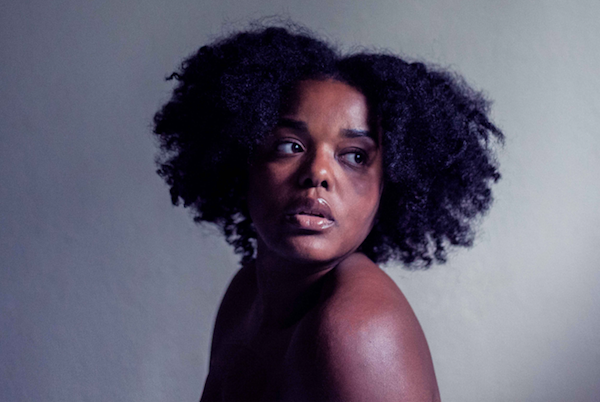
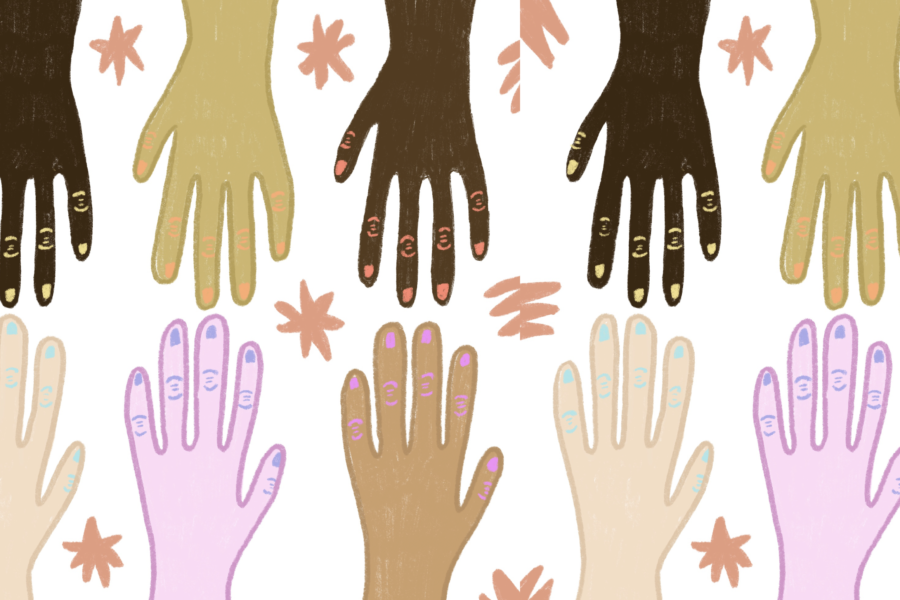
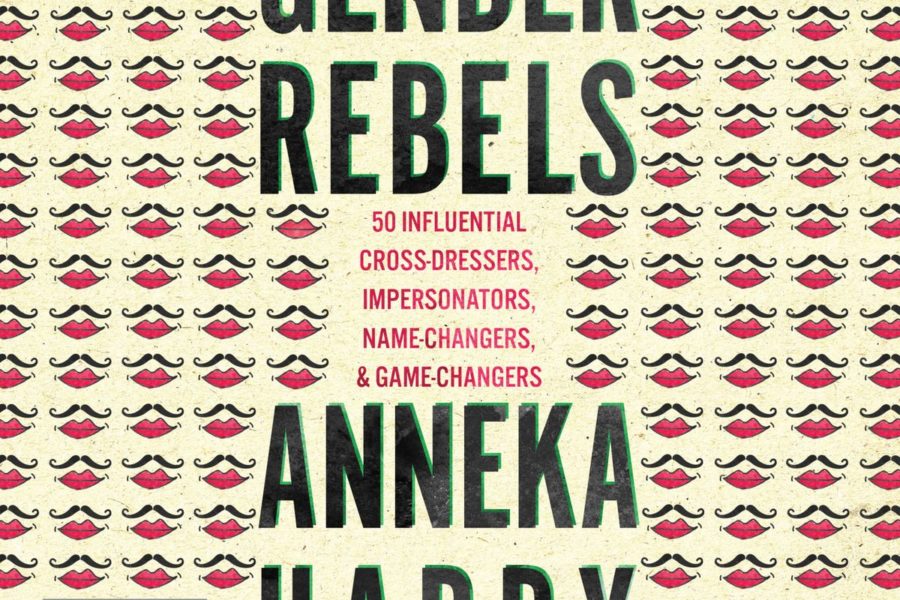
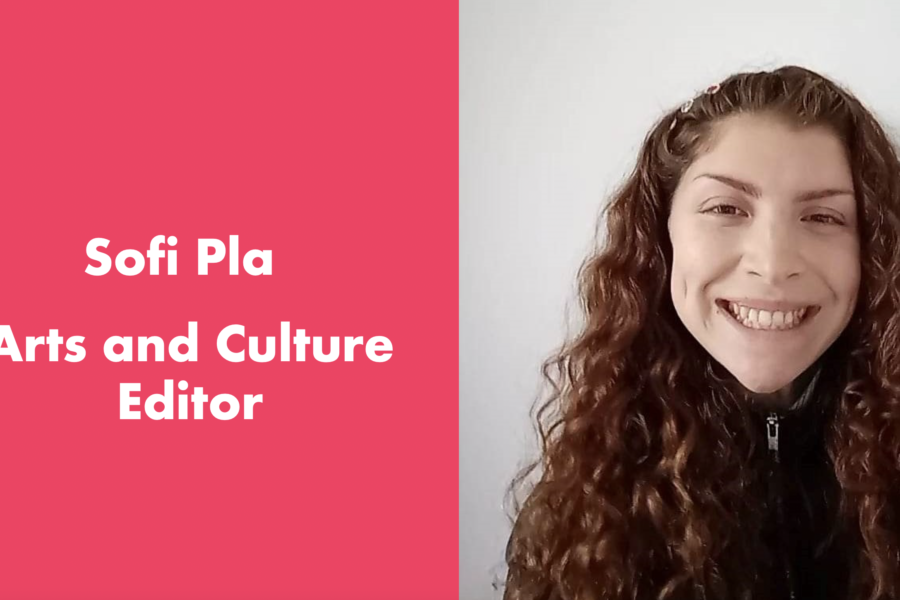
Leave a Comment